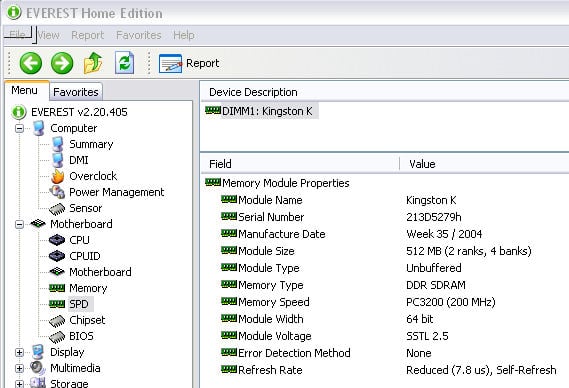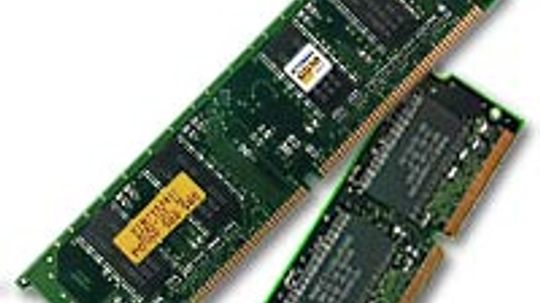RAM (Random Access Memory) Random access memory which is also known as RAM is generally known as a main memory of the computer system. It is called temporary memory or cache memory. The information stored in this type of memory is lost when the power supply to the PC or laptop is switched off. ROM (Read Only Memory) It stands for Read Only Memory. When people talk about sequential vs random writes to a file, they're generally drawing a distinction between writing without intermediate seeks ('sequential'), vs. A pattern of seek-write-seek-write-seek-write, etc. The distinction is very important in traditional disk-based systems, where each disk seek will take around 10ms.
DIFFERENCE BETWEEN RAM AND SAM RAM is considered “random access” because access to any memory cell can be done directly if the intersection of row and column is well known. The opposite of RAM is Serial Access Memory (SAM). SAM stores data as a series of memory cells that can only be accessed sequentially. As mentioned earlier, NOR Flash memory has enough address and data lines to map the entire memory region, similar to how SRAM operates. For example, a 2-Gbit (256MB) NOR Flash with a 16-bit data bus will have 27 address lines, enabling random read access to any memory location. The are two major differences between RAM (random access memory) and ROM (read-only memory). The first is that RAM requires a power source to retain its information, whereas ROM can retain its information when its power source is removed. Secondly they differ in the tasks they are used for, with ROM used to store programs and files.
When a computer is powered up, a number of processes occur. Specific programs begin to run. The data and instructions necessary for executing the programs are temporarily stored in the computer memory. For most people memory and RAM mean the same thing. However, they are relatively different as you’ll discover in this article.
Definitions
Memory is a generic term referring to the components and devices that the computer uses to store data and instructions. It’s subdivided into cache memory, primary memory and secondary memory. Cache memory is high speed memory that’s installed on the motherboard. It’s fixed in nature. Primary memory is divided into ROM (read only memory), and RAM (random access memory). It’s here that data and instructions needed to execute a program are stored. Secondary memory is used to store data and information permanently and includes the hard disk.
Comparison Chart
Difference Between Serial And Random Access Memory Types

| RAM | Memory |
| Is a type of primary storage | Is a generic term referring to three computer storage types |
| Temporary storage for data and instructions the computer is currently working on. | Includes both temporary storage and permanent storage for data and instructions. |
| Fast storage but limited data can be stored. | Cache memory and primary memory are fast. Secondary memory is slower. |
| Can be extended by installing high capacity chips. | Can be extended although cache and RAM are expensive. |
Ram vs Memory
Difference Between Serial And Random Access Memory Types Explained
What is the difference between Ram and Memory? Let’s take a look at them closely in terms of their type, purpose, speed, and extendibility.

- RAM is a high speed form of primary storage. It’s here that the data and instructions of a currently executing program are stored. Memory on the other hand is a generic term used to refer to all devices and components installed in a computer for storing data and instructions.
- RAM is volatile. That is, it only stores data and instructions temporarily when the computer is on. If a program isn’t executing, data and instructions that relate to it aren’t stored in the RAM. Memory on the other hand can be temporary (cache and primary memory) or permanent (secondary memory).
- RAM is fast. Effective program execution depends on the RAM speed. This ensures speedy access of data for processing by the computer processor. With regard to memory, cache and primary memory are fast. Secondary memory is relatively slow.
- RAM can be extended using high capacity chips. Memory can also be extended. However, extending cache and primary memory is a bit expensive compared to extending secondary memory.